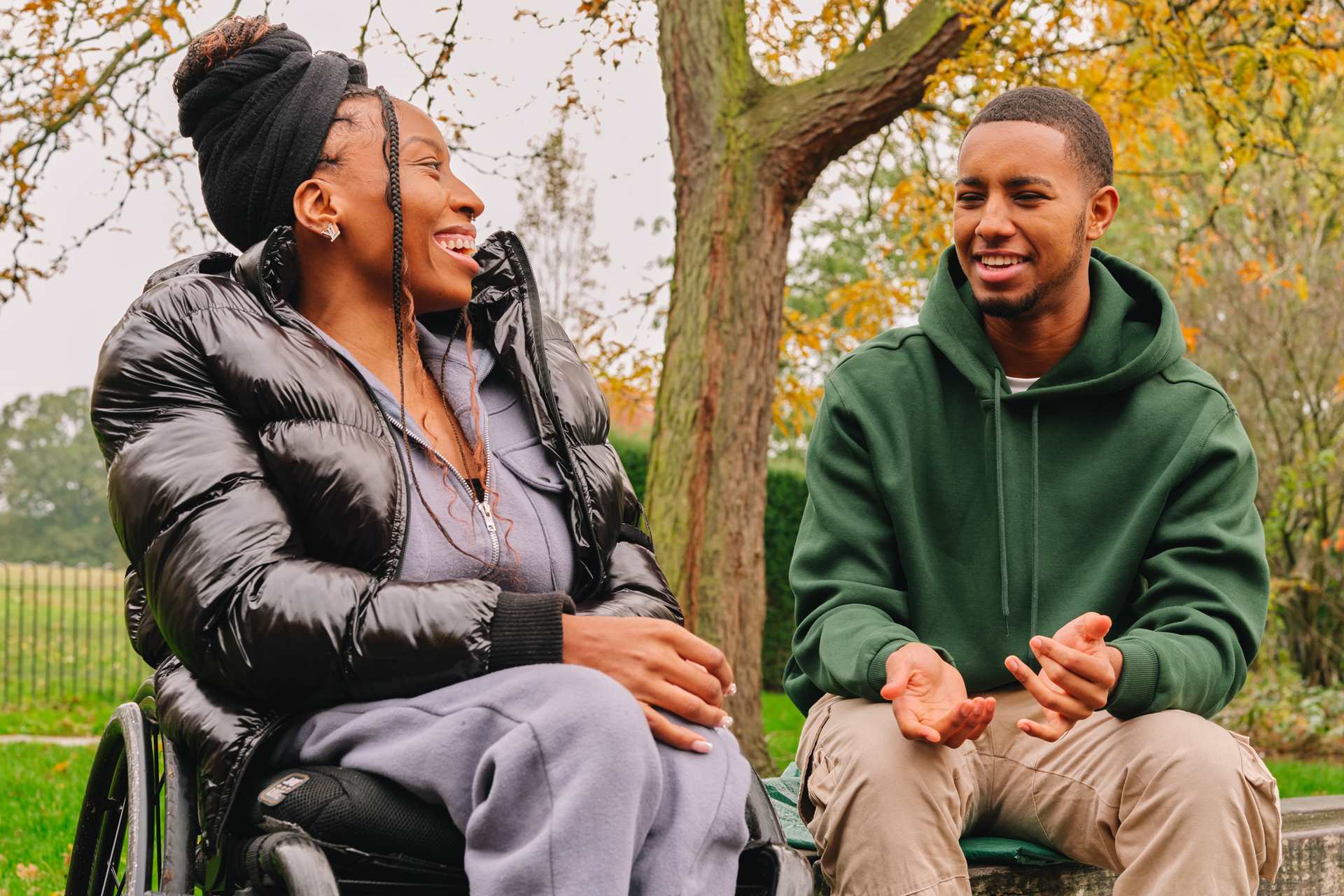Alcohol
Drinking alcohol if you are taking lorazepam is not recommended as this is likely to make you very sleepy. Lorazepam may lower your tolerance to alcohol and you may experience more side effects.
This will be most noticeable during the early part of your treatment, so it is recommended that you don’t drink alcohol until you know how the medicine affects you. After this you may be able to drink a small amount of alcohol but be very careful.
Taking large amounts of alcohol and lorazepam together could be very dangerous. It may affect your breathing especially if you have an existing lung problem.
If you need to drive a car, ride a bike, or use machines at work, taking alcohol and lorazepam together could impair your ability to do this safely and be dangerous to yourself and others.
Drinking alcohol every day, or in large amounts, can make your symptoms worse and may mean you won’t get the maximum benefit from your medication.
Street drugs
It is very easy, and serious, to overdose with any combination of lorazepam and drugs. Any combination could be very dangerous.
Using cannabis with lorazepam will make sedative effects worse. You could go into a very deep sleep where you do not breathe properly and have difficulty waking up.
Cannabis and other drugs may have their own side effects on your mental health, like anxiety or psychosis.
Using heroin or methadone with lorazepam will increase their combined sedative effects. You could go into a very deep sleep where you do not breathe properly and have difficulty waking up.
Using cocaine or other stimulants (like ecstasy, amfetamines, MDA, 6-APB) with lorazepam can lead to uncertain and dangerous effects.
There are many other street drugs, but we don’t know what effect taking them with lorazepam will have, so it’s best to be cautious. There is no regulation of street drugs or ‘legal highs’, so even if there are no known issues with the medication you take, the supply you receive might be mixed with other substances that could be dangerous.
Get more advice on drugs and alcohol.











